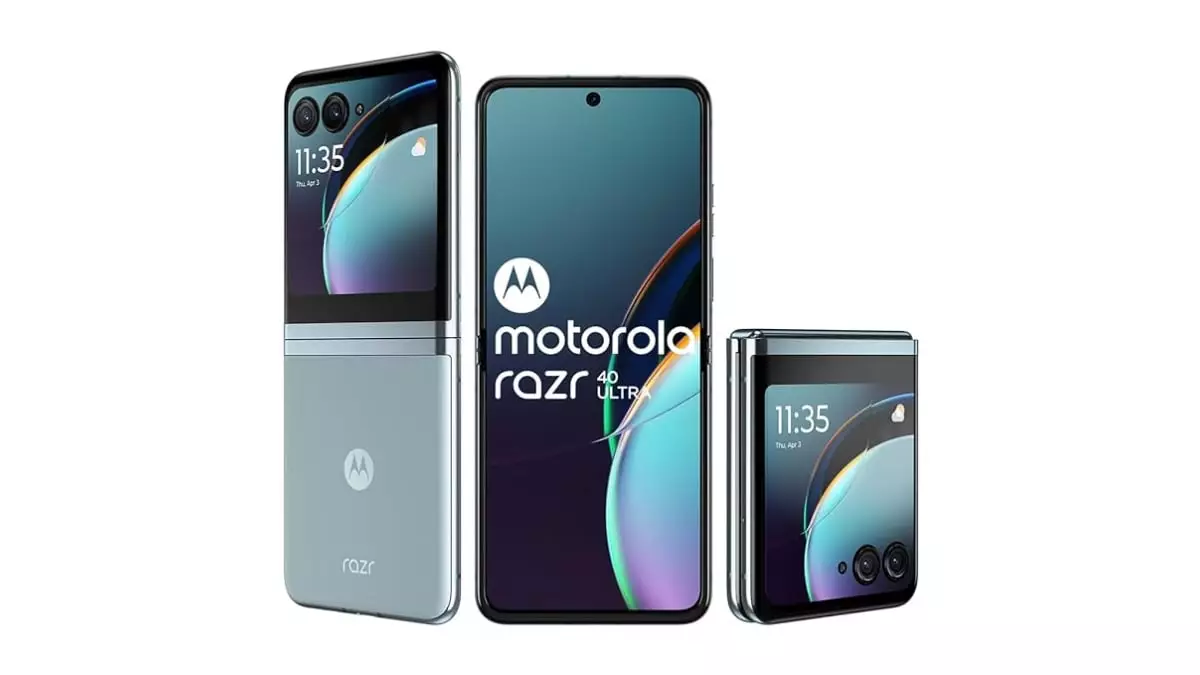When we look at the current landscape of foldable smartphones, it’s evident that Apple is significantly lagging behind its competitors. While brands like Samsung and Huawei have already launched multiple foldable models, Apple has yet to showcase its take on this innovative technology. Rumors have been circulating about Apple’s venture into the foldable market, with recent reports suggesting the development of a foldable MacBook with a 20-inch display. Despite these rumors, no concrete evidence of Apple’s entry into the foldable smartphone market has been provided.
A recently published patent from Apple sheds some light on the company’s potential plans for foldable devices. The patent, filed in October last year and published by the USPTO, suggests that Apple is indeed exploring clamshell foldable designs. The patent details a hinge mechanism that could be used in a compact foldable device, possibly a Plus or Max-sized iPhone or an iPad Mini. This hinge design, while intriguing, appears to be more complex than what is currently available in the market.
Apple’s hinge design, as depicted in the patent diagrams, seems to be thicker and more intricate than those found in existing foldable smartphones. The mechanism relies on interconnected links, akin to the metal links of a watch bracelet, to hold the device together and restrict rotation. This level of complexity could pose challenges in terms of manufacturing and implementation, especially when compared to the relatively simpler hinges used by other manufacturers.
Given the thickness and complexity of Apple’s hinge design, it raises questions about the suitability of such a design in a foldable iPhone. Instead, the design may be better suited for a foldable iPad or even a laptop. The challenges associated with designing a hinge for a larger tablet or laptop are notably different from those for a smartphone. Tablets and laptops typically do not require the same level of IP ratings for dust and water resistance, making the implementation of a complex hinge mechanism more feasible.
In comparison to Samsung, a key player in the foldable market, Apple’s approach to foldable technology appears to be more conservative. Samsung’s Galaxy Z Fold 5, for example, offers an IPX8 rating for minimal protection against dust and debris. In contrast, Apple’s focus on a more intricate hinge design could potentially hinder its ability to meet stringent IP ratings for durability and resistance.
While Apple’s exploration of foldable designs is undoubtedly promising, the company faces significant challenges in the competitive foldable smartphone market. The complexity of Apple’s hinge design, coupled with the need to meet IP ratings for durability, may delay the release of a foldable iPhone. Instead, Apple’s focus on a foldable iPad or MacBook could be a more viable direction for the company. Only time will tell if Apple can overcome these challenges and deliver a truly innovative foldable device to the market.

Leave a Reply